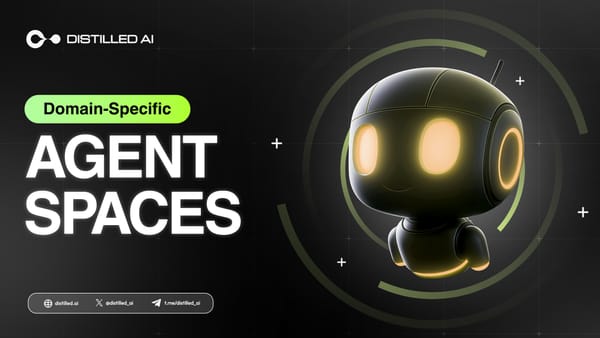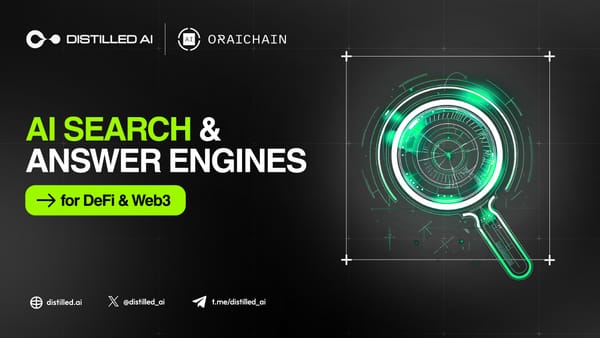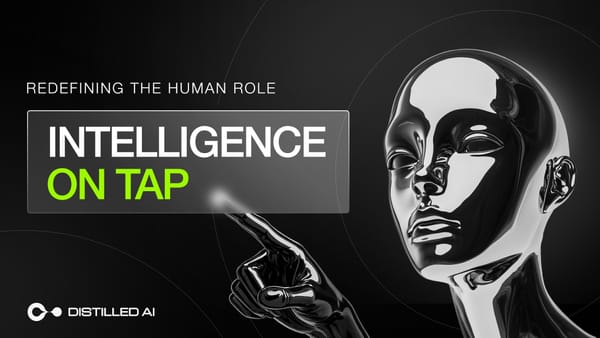The Power of Talk: How Natural Language Processing Fuels AI Agent Communication

Artificial Intelligence (AI) agents are rapidly moving beyond simple task automation. They're becoming increasingly sophisticated, capable of understanding, interpreting, and responding to human language in meaningful ways. This leap in capability isn't happening in a vacuum. It's driven by advancements in Natural Language Processing (NLP), the branch of AI dedicated to bridging the gap between human communication and machine understanding. This article explores how NLP empowers AI agent communication, traces its evolution, and addresses the crucial ethical considerations that come with this powerful technology.
What is NLP and Why Does it Matter for AI Agents?
At its core, NLP is about enabling computers to process and analyze large amounts of natural language data. This includes understanding the meaning (semantics), the structure (syntax), and the context of human language. For AI agents, NLP isn’t just a feature; it’s the foundation of effective interaction.
Without NLP, an AI agent would be limited to pre-programmed responses or rigid command structures. With NLP, agents can:
- Understand User Intent: Decipher what a user means, even if the phrasing is ambiguous or indirect. ("Book me a flight to somewhere warm" vs. "I need a vacation.")
- Generate Human-Like Responses: Craft replies that are coherent, relevant, and appropriate to the conversation.
- Extract Information: Identify key data points from user input (dates, locations, preferences).
- Personalize Interactions: Tailor responses based on user history and individual needs.
- Handle Complex Dialogue: Manage multi-turn conversations, remembering previous interactions and maintaining context.
The Evolution of NLP Techniques: From Rules to Neural Networks
The journey of NLP has been marked by significant shifts in approach.
- Early Days: Rule-Based Systems (1950s-1980s): Initial attempts relied on manually crafted rules to parse language. These systems were brittle, limited in scope, and struggled with the nuances of real-world language. Think of early chatbots that could only respond to very specific keywords.
- Statistical NLP (1990s-2010s): This era saw the rise of statistical models, like Hidden Markov Models (HMMs) and Support Vector Machines (SVMs), trained on large datasets. These models were more robust than rule-based systems but still required significant feature engineering. Spam filters are a good example of early statistical NLP in action.
- The Deep Learning Revolution (2010s-Present): The advent of deep learning, particularly Recurrent Neural Networks (RNNs) and Transformers, revolutionized NLP. These models can learn complex patterns from data without explicit feature engineering. Large Language Models (LLMs) like GPT-3, BERT, and LaMDA are the current state-of-the-art, demonstrating remarkable abilities in language understanding and generation.
Key Technologies Driving Current NLP Capabilities:
- Word Embeddings (Word2Vec, GloVe): Representing words as numerical vectors, capturing semantic relationships.
- Sequence-to-Sequence Models: Used for machine translation, text summarization, and chatbot development.
- Attention Mechanisms: Allowing models to focus on the most relevant parts of the input sequence.
- Transformers: The architecture behind LLMs, enabling parallel processing and capturing long-range dependencies in text.
Real-World Examples: NLP in Action with AI Agents
The impact of NLP on AI agent communication is evident across numerous applications:
- Customer Service Chatbots: Companies like Zendesk (https://www.zendesk.com/) and Intercom (https://www.intercom.com/) leverage NLP-powered chatbots to handle routine customer inquiries, freeing up human agents for more complex issues. These bots can understand customer intent, provide relevant information, and even escalate issues when necessary.
- Virtual Assistants (Siri, Alexa, Google Assistant): These ubiquitous assistants rely heavily on NLP to understand voice commands, answer questions, and perform tasks. Their ability to handle natural language queries is constantly improving.
- Healthcare AI Agents: NLP is being used to develop AI agents that can assist doctors with diagnosis, personalize treatment plans, and provide patients with health information. For example, Babylon Health (https://www.babylonhealth.com/) uses AI to provide virtual consultations.
- Financial Trading Bots: AI agents powered by NLP can analyze news articles, social media feeds, and financial reports to identify trading opportunities.
- Content Creation & Summarization: Tools like Jasper (https://www.jasper.ai/) and others utilize LLMs to generate articles, marketing copy, and summaries of lengthy documents.
The Ethical Landscape: Navigating the Challenges of NLP-Powered Communication
As NLP-powered AI agents become more sophisticated, ethical considerations become paramount.
- Bias and Fairness: NLP models are trained on data, and if that data reflects societal biases, the models will perpetuate those biases. This can lead to unfair or discriminatory outcomes. For example, a recruiting AI trained on biased data might unfairly favor certain demographics.
- Misinformation and Manipulation: LLMs can generate incredibly realistic text, making it difficult to distinguish between genuine and fabricated content. This raises concerns about the potential for misuse in spreading misinformation or creating deepfakes.
- Privacy Concerns: AI agents often collect and process personal data, raising concerns about privacy and data security.
- Transparency and Explainability: Understanding why an AI agent made a particular decision can be challenging, especially with complex deep learning models. Lack of transparency can erode trust.
- Job Displacement: The automation potential of AI agents raises concerns about job displacement in customer service and other industries.
Addressing these challenges requires:
- Data Diversity and Bias Mitigation: Carefully curating training data to ensure it is representative and free from bias.
- Robustness and Adversarial Training: Developing models that are resistant to manipulation and adversarial attacks.
- Explainable AI (XAI) Techniques: Developing methods to make AI decision-making more transparent and understandable.
- Ethical Guidelines and Regulations: Establishing clear ethical guidelines and regulations for the development and deployment of AI agents.
The Future of NLP and AI Agent Communication
The future of NLP and AI agent communication is bright. We can expect to see:
- More Context-Aware Agents: Agents that can understand and respond to the nuances of human emotion and social context.
- Multimodal Communication: Agents that can process and integrate information from multiple sources, including text, voice, images, and video.
- Personalized and Adaptive Agents: Agents that can learn from individual user interactions and adapt their communication style accordingly.
- Increased Integration with the Metaverse: AI agents will play a crucial role in facilitating interactions within virtual worlds.
Resources for Further Learning:
- Stanford NLP Group: https://nlp.stanford.edu/
- Hugging Face: https://huggingface.co/ (A leading platform for NLP models and tools)
- AI Ethics Lab: https://www.aiethicslab.com/
- OpenAI: https://openai.com/
Conclusion
Natural Language Processing is the engine driving the evolution of AI agent communication. As NLP techniques continue to advance, AI agents will become increasingly capable of understanding and interacting with humans in natural, intuitive ways. However, realizing the full potential of this technology requires careful consideration of the ethical implications and a commitment to responsible development and deployment. The power of talk is now in the hands of AI, and it’s our responsibility to ensure that power is used wisely.



